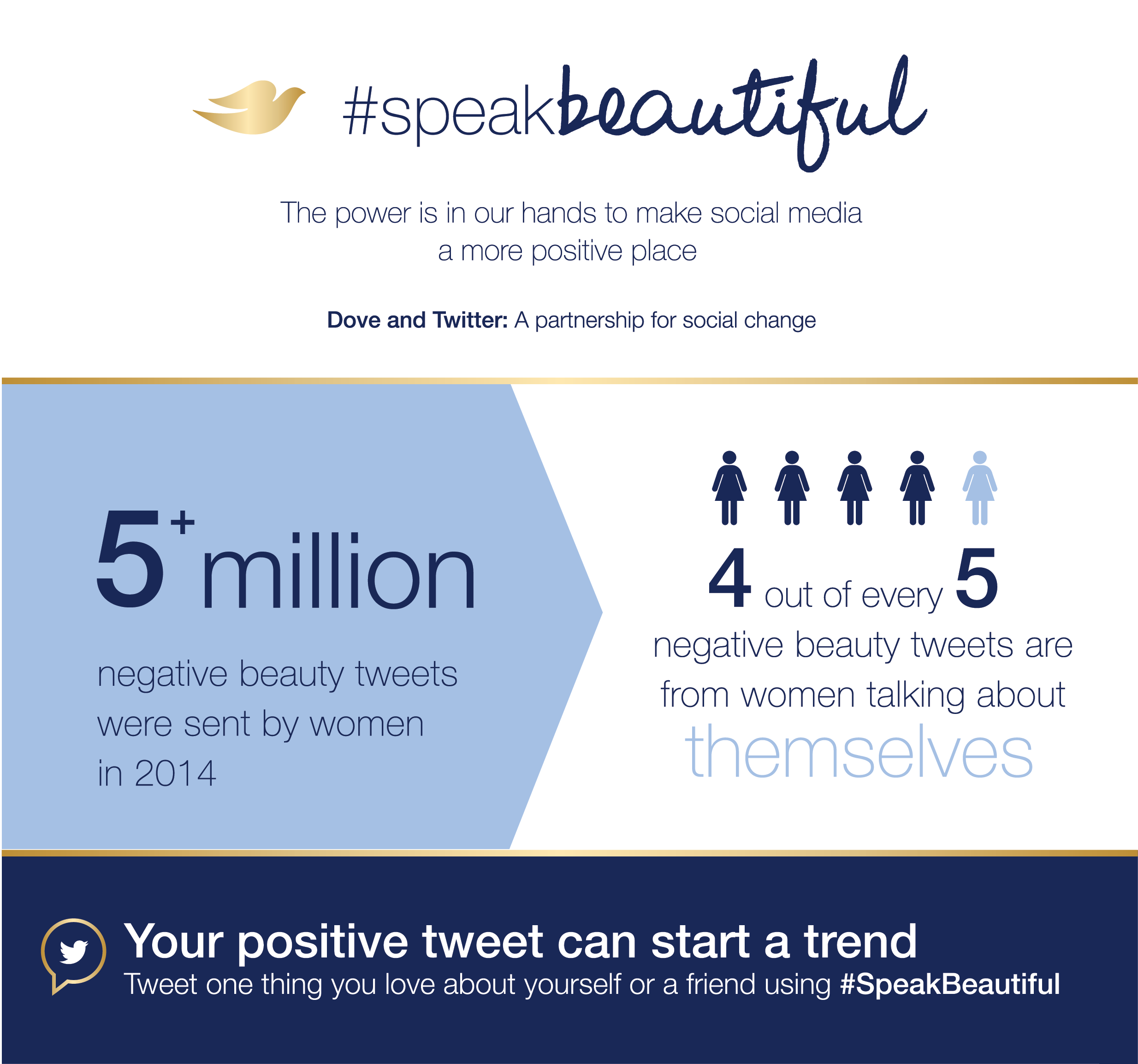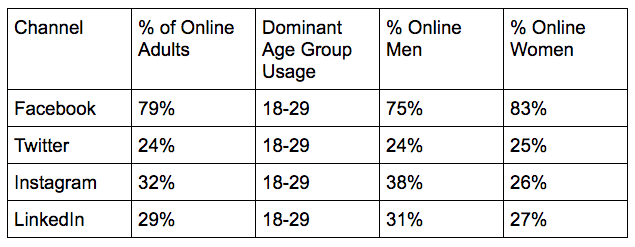4 Tips on Using Social Media for Research Proficiently

I bet that when you think about social media, the first things that pop into your mind are engagement rates, conversion rates and maybe even customer services or conversions.
And yes, that’s what we all focus when it comes to our social strategy.
But social media could be useful in many other ways. Using social media for research is one of the things you can do to come up with new relevant products, create more efficient digital campaigns and learn what you audience really wants.
Why spend time on social media for research when you could watch cat videos or post something for your brand?
Let’s see!
Why Bother with Social Media for Research?
Here’s the thing: if you only bother to check your notifications on social media, you’ll be living in a bubble. There’s been a lot of talk about this bubble, both for brand and individual users.
When you don’t take the time to see what others are saying or how they are reacting to current events or other brands, you’re not being social. You’re just engaging in one-way communication – and that’s no way to support your business goals through social media.
On the other hand, if you take the time to dig deeper into your audience’s behavior beyond their interactions with your brand, you stand to learn a great deal.
For instance, it can inspire you to build new campaigns. If you notice that most of your audience like Starbucks, you could offer coffee vouchers as a way to grow closer to your fans or followers.
If you listen carefully to what people care about, you may even join them in their efforts. Do you have any idea if your audience is passionate about environmental protection or a specific social issue? Find that out and see what you can do to support a cause they care about.
Beyond getting to know your audience better, social media for research can also help you get to know your competitors better. And I bet you really care about that, don’t you?
Again, your brand accounts don’t exist in a bubble. I’m not suggesting you copy your competitors, but it never hurts to take a look and see what works and what doesn’t for them.
I could come up with hundreds of examples of ideas that can spark when you use social media for research. The truth is that the possibilities are endless.
Check out these four tools for social media listening that will definitely make research much easier.
People tend to be frank about what they like and especially what they don’t like. A bit of research on social media can help you come up with brand new ideas for campaigns, social media posts, blog posts and more.
And that’s just thinking at a small scale.
If you want to go big, you can follow Dove’s example.
The Ultimate Example of Using Social Media for Research the Right Way
In 2016, Dove launched the #SpeakBeautiful campaign. It caught the attention of the whole world and it became one of the most effective digital campaigns of this century.
Dove had always been focused on beauty as a source of confidence, but the #SpeakBeautiful campaign took things at a whole new level. And it was all powered by social media research.
Dove analyzed more than five million tweets to find out that approximately 80% of women had experienced body shaming.
 Image via Shorty Awards
Image via Shorty Awards
The results of their campaign were immense:
- The #SpeakBeautiful hashtag was mentioned more than 168.000 times in a year
- Their sales increased by a whopping 63%
- Most important: body shaming comments decreased by 36%
Now that’s a grand way to leave your mark on the world, don’t you think?
And remember: all this was fueled by social media research.
Now let’s see how you can use social media for research to leave your very own mark.
How to Use Social Media for Research Like a Pro
Don’t worry – this is not going to get extra-complicated. I aim to make your life easier, not harder.
Let’s dig in:
-
Establish Clear Goals
Whether you outsource social media marketing and management or handle it in-house, one thing is certain: you must be overwhelmed by the immense number of possibilities and opportunities.
We often receive questions from the clients who outsource their social media activities to Idunn regarding a new feature, a new network to try, a new type of campaign or a new approach.
Here’s the thing: social media is constantly changing. Sometimes we see those changes coming, other times they take us completely by surprise.
Whatever the case, they definitely fuel our FOMO (Fear of Missing Out). We don’t want our competitors to beat us to the punch. We want to be the first ones to establish a presence on a new social network, to try and ace a new type of campaign and so on.
But the harsh reality is that we can’t do it all.
No matter how big the budget or the team, we sometimes have to pass on certain things.
Just like in life, you know?
When you try to have it all, you end up spreading yourself too thin. This is true for every digital marketing channel and especially for social media.
So before you dig into your social media research make sure you establish clear, quantifiable goals. Tie them to your business goals.
Start with the end goal. What is using social media for research supposed to help you accomplish? Do you want to…?
- Launch a new product
- Do rebranding
- Get behavioral insights on your target audience
- Define your buyer persona better
- Improve your customer service
Next up, should your research be qualitative or quantitative?
Dove, for instance, did quantitative research on behaviors that affected their target audience.
They identified a target demographic (in this case, adult women) and their major pain point: body image. They also used social media to research and find the environments where they were more often confronted with their pain point.
After social media market research revealed how the target audience was affected, they proceeded to create the amazing campaign we all know about.
Of course, your goals will be different and so will your social media research process. But be sure to know exactly where you want to arrive before starting out.
-
Choose the Social Media Channels
Again, spreading yourself too thin will only get you inconclusive results. Big data is really BIG, so you need a way to classify it and make it work for your goals. The last thing you want to do is be overwhelmed.
So think about where your relevant audience likes to hang out. A 2016 study reveals some good demographic insights:
 Image via Pew Internet
Image via Pew Internet
Dove, for instance focused on Twitter both for their research and for delivering their campaign. Was it mentioned on other networks? Of course it was!
But the Dove team knew about the importance of focusing on a single channel when using social media for research and their results are undeniable.
If you feel like there’s value in spreading your research on multiple social media channels, go for it. But be careful about sifting through the amount of data you will most likely get.
-
Don’t Try to Monitor Everything
Open up your Facebook Ads Manager and you will be overwhelmed by the sheer number of metrics you can monitor. Engagement, demographics, behaviors, CTR and many, many others.
For modern marketers, having access to this kind of data is both a blessing and a curse.
Why?
Because you need to know how to cherry pick and leave FOMO behind.
Yes, you have access to tens if not hundreds of metrics across social media platforms. But not all of them are relevant to your business.
Let’s go back to choosing goals. You know your goal, right?
Now try to connect it to using social media for research and to metrics.
Which metrics will help you reach that primary business and marketing goal?
For instance, if you’re trying to generate leads through social media, you should look at your CTR and your engagement levels.
But not only yours.
Remember to research your competitors’ relevant metrics, as well.
Next up, remember to correlate them. A great picture may get you thousands of likes. But if the CTR is low, it doesn’t mean that you’re reaching your goals.
Go beyond vanity metrics if you want your research on social media to actually have a ROI.
-
Engage Instead of Leading
One good way to get data from research on social media is to take the back seat for a change. As social media consultants, we are used to starting conversations.
However, when it comes to using social media for research, it serves your objectivity to participate or observe existing conversations instead of generating them
Twitter chats, Facebook groups, trending Instagram hashtags – all these are great places to start your research. See what people care about and join those conversations to show that you care about the same things.
Plus, all of them are a great way to get out of the bubble I mentioned earlier and to stay on top of current trends.
Need help with using social media for research or for supporting your business goals? Check out our social media marketing and management services and let’s talk!


1 Comentariu la “4 Tips on Using Social Media for Research Proficiently”
[…] to do is roll up your sleeves and find the influencers in your industry. I always recommend using social media for this kind of research. Start with hashtags and Facebook/LinkedIn groups. You’ll be able to get a pretty good idea of […]